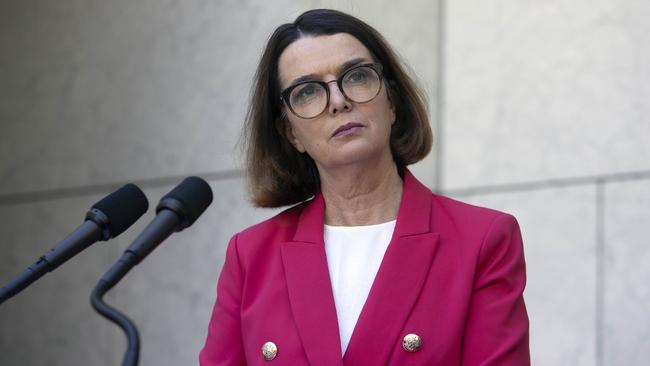
Social Services Minister Anne Ruston called the extra $4 a day for single jobseekers a “very significant increase”, while Deloitte Access Economics partner Chris Richardson said the new rate was “markedly fairer”.
It was certainly not the outcome for which welfare groups and many economists had been hoping.
“To be honest, I can’t remember a policy change I have been more disappointed about,” University of Melbourne professor Jeff Borland told The Australian.
“Here was an opportunity — by giving a significant increase — to have a real impact on living standards of people experiencing hardship and provide a macroeconomic benefit without there being any likelihood of a negative effect on incentives for unemployed jobseekers to find work.”
The previous largest boost came into effect on November 1, 1985, when the payment was lifted from $157.20 to $182.90 — a 16 per cent increase versus the 10 per cent rise announced on Tuesday.
Ad hoc increases to the unemployment payment rate ended in 1994 when the dole was indexed to inflation under a Paul Keating government.
The jobless benefit was equivalent to about half the minimum wage for most of the 1990s before this “replacement rate” began a steady decline from 1997 that left it at just 38 per cent of the minimum wage before the pandemic.
Scott Morrison on Tuesday noted that the $50 a fortnight increase had reversed more than a decade’s worth of declines against the minimum wage, pushing the replacement rate back to where it sat at the end of the Howard era at 41 per cent. UNSW associate professor Bruce Bradbury puts it at about 42 per cent.
In the context of adequacy, is that good enough?
The poverty line is judged to be about 60 per cent of the minimum wage, which is around where the Age Pension is set. If the government had wanted to push the single unemployed close to the poverty line, they would have needed to implement an increase equivalent to the COVID fortnightly supplement paid during the December quarter of $250, which brought the base single JobSeeker payment to 55 per cent of minimum wage.
Economists and business groups also reference the Age Pension when assessing an appropriate level for the dole, and here the data shows a declining trend over decades.
After being equal to the Age Pension at the end of the Whitlam government in the 1970s, the dole-to-Age-Pension rate had reached 60 per cent before the pandemic hit. By John Howard’s time, it had dropped to 73 per cent. Today’s announcement will push it to 66 per cent, ANU professor Peter Whiteford said.
Professor Whiteford also said the $50 a fortnight increase was inadequate, and had left Australia around the bottom of the pack against its OECD peers.


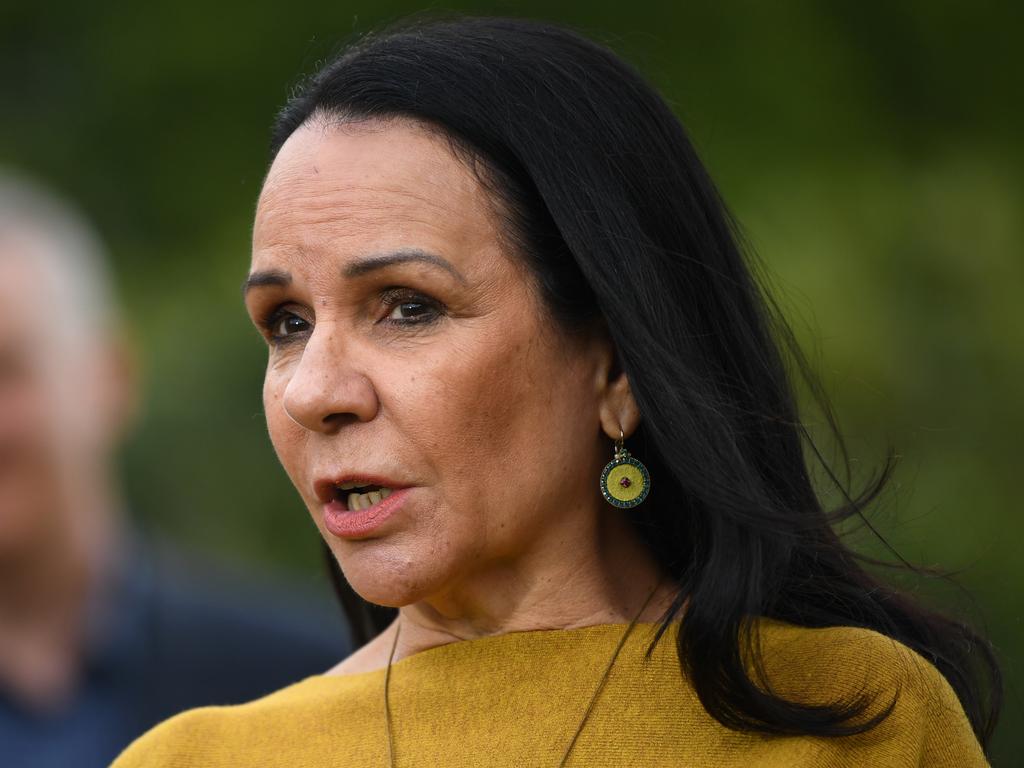
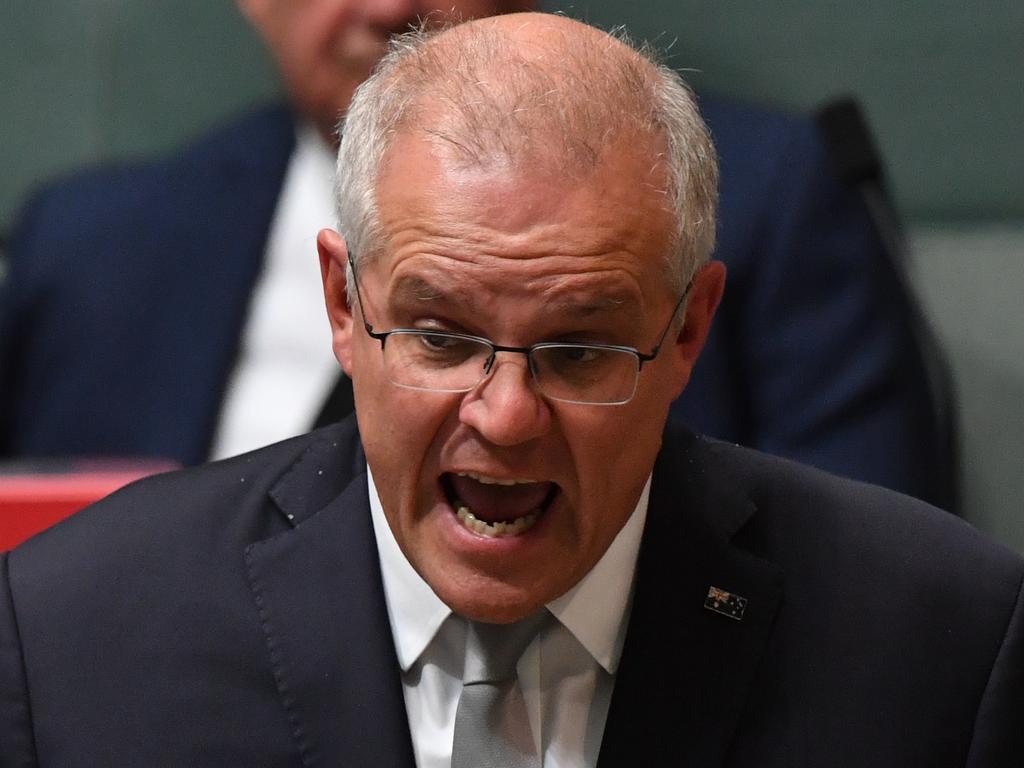
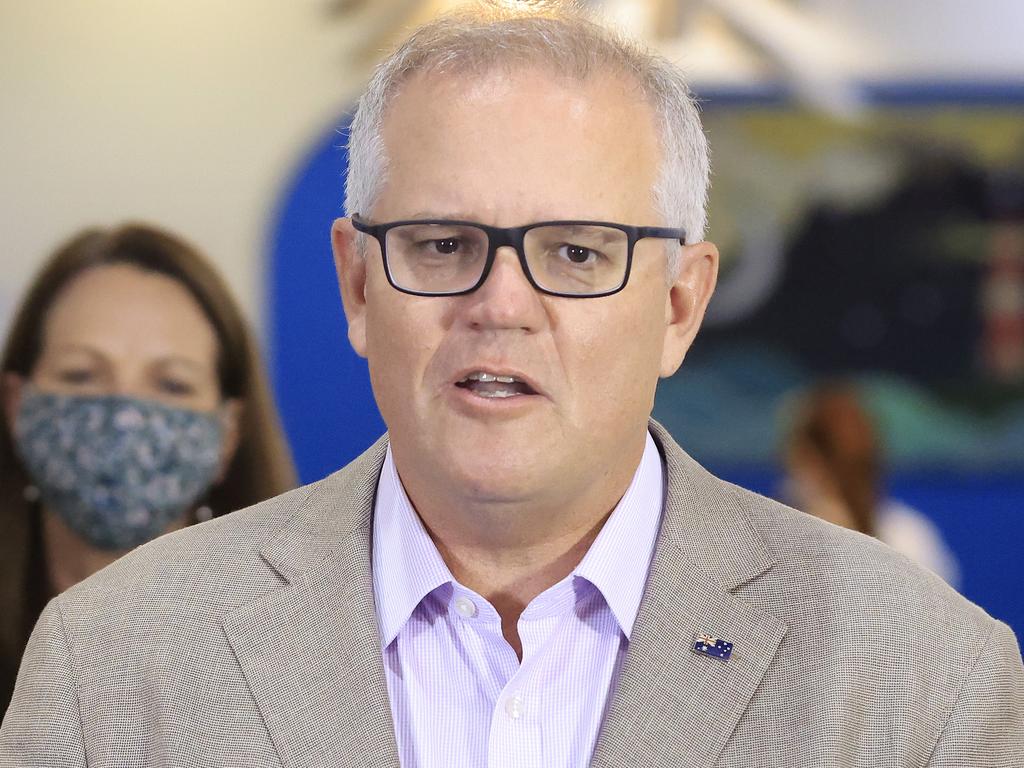


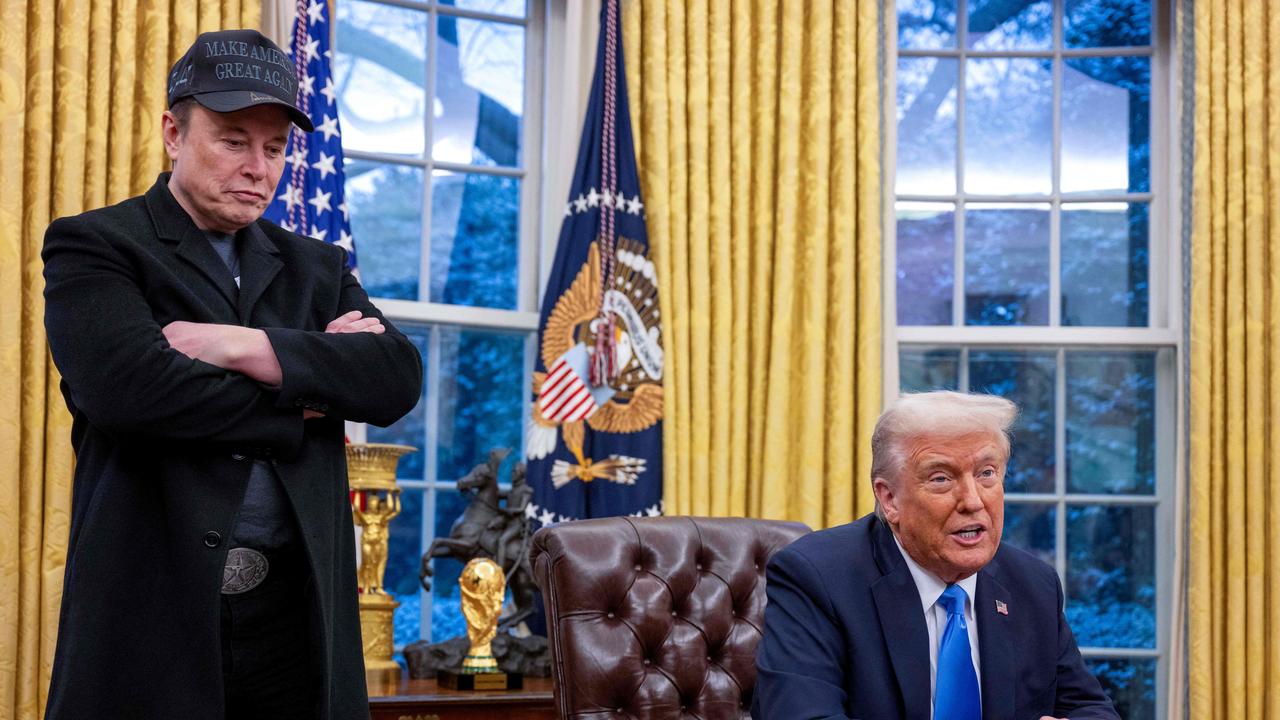
The biggest increase in the dole since 1985 may sound impressive but it has gone only some of the way to reverse a 20-year trend of unemployment benefits falling ever further behind the minimum wage, the Age Pension and poverty line.